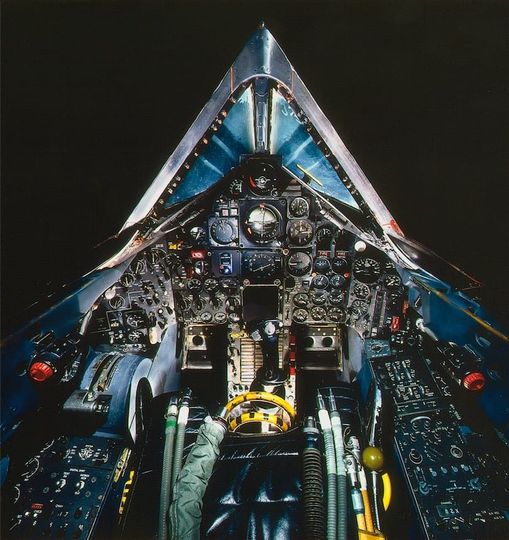
A veteran U.S. Air Force pilot and volunteer at the National Air and Space Museum in Washington, D.C., has given us a small glimpse of what it was like to fly the SR-71 Blackbird.
Adelbert “Buz” Carpenter accumulated 4,400 flight hours in various airplanes during his military career, from the T-38 Talon trainer to the C-141 Starlifter. Carpenter also has more than 300 hours in strategic reconnaissance aircraft, including the U-2 and SR-71, and flew missions from Beale Air Force Base in California, Kadena Air Base in Japan, and Mildenhall Air Base in the U.K.
Now retired, Carpenter volunteers as a docent at the National Air and Space Museum, explaining to kids who were born after the SR-71 was retired what it was like to fly the fastest jet ever—which could reach speeds of over Mach 3. (The hypersonic, rocket-powered North American X-15 could hit Mach 6.72 but remained an experimental aircraft.) Carpenter is a fountain of knowledge about the “Blackbird” on everything from the cameras to navigation.
The SR-71 Blackbird was the result of a requirement for a high-speed, high-altitude strategic reconnaissance aircraft. The U.S. military, anticipating a time when the high-flying U-2 “Dragon Lady” spy plane could be shot down by the Soviet Union, requested an aircraft that not only flew at high altitudes, but could also outrun enemy interceptors and surface-to-air missiles.
In the video below, Carpenter is standing in front of 61-7972, the last SR-71 Blackbird to ever fly. On March 6, 1990, 61-7972 flew from Palmdale, California to Washington, D.C., covering the distance in just 64 minutes and 20 seconds, with a top speed of 2,242 miles per hour.